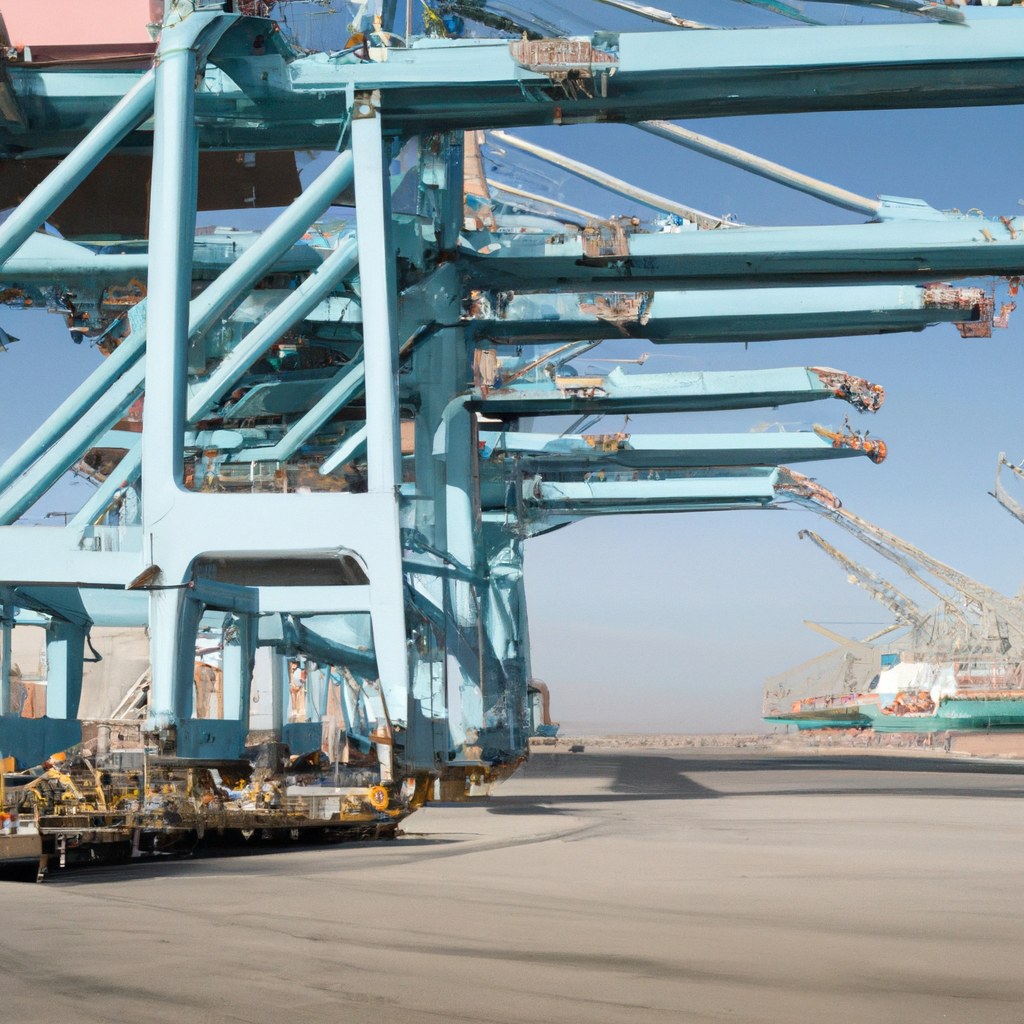
Navigating the Future of Bunker Fuel in the East of Suez Region
As the global maritime industry continues to grapple with evolving environmental regulations and fluctuating market dynamics, the availability and pricing of bunker fuel east of the Suez Canal have become critical focal points for shipping companies and energy traders. The latest outlook for August 2024 highlights significant trends and potential challenges that could reshape the maritime fuel landscape in this strategically vital region.
Current Bunker Fuel Rates and Market Dynamics
The East of Suez region, encompassing major bunkering hubs such as Singapore and Fujairah, has traditionally been a barometer for global bunker fuel pricing. As of August 2024, the market is witnessing a complex interplay of supply and demand factors. According to a recent report by Hellenic Shipping News, the availability of very low sulfur fuel oil (VLSFO) remains stable, although some ports are experiencing tighter supplies due to increased demand from the shipping sector. This stability is crucial as VLSFO continues to be the dominant choice for compliance with the International Maritime Organization’s (IMO) sulfur cap regulations.
The report also notes that the price differential between VLSFO and high sulfur fuel oil (HSFO) has narrowed, reflecting a shift in market sentiment. This trend suggests a potential easing of the stringent supply constraints that have characterized the market since the implementation of the IMO 2020 regulations. However, the narrowing spread also indicates a possible resurgence in demand for HSFO, particularly from vessels equipped with scrubbers, which could alter the supply-demand equilibrium.
Fleet Movements and Strategic Adjustments
Shipping companies are increasingly adapting their operational strategies to navigate the evolving bunker fuel landscape. The East of Suez region, with its strategic location and robust infrastructure, remains a pivotal area for fleet movements and refueling operations. The Hellenic Shipping News report highlights that several major shipping lines are optimizing their routes and schedules to capitalize on favorable fuel prices and availability in key ports.
Moreover, the ongoing development of alternative fuel technologies is influencing fleet strategies. The recent announcement by Mitsui O.S.K. Lines (MOL) regarding a joint development agreement with Itochu Corporation for an ammonia bunkering demonstration underscores the industry’s commitment to exploring sustainable fuel options. This initiative, aimed at reducing carbon emissions, reflects a broader trend towards diversification in fuel sourcing and a gradual shift away from traditional hydrocarbons.
Geopolitical and Regulatory Influences
Geopolitical tensions and regulatory changes continue to exert a significant influence on the bunker fuel market in the East of Suez region. The strategic importance of this area, coupled with its proximity to major shipping lanes, makes it susceptible to disruptions stemming from regional conflicts or policy shifts. According to industry analysts, any escalation in geopolitical tensions could lead to supply chain disruptions, impacting fuel availability and pricing.
Regulatory developments, particularly those related to environmental standards, are also shaping the market landscape. The IMO’s ongoing efforts to reduce greenhouse gas emissions from shipping are driving innovation and investment in cleaner fuel technologies. The Hellenic Shipping News report suggests that regulatory pressures could accelerate the adoption of alternative fuels, such as ammonia and LNG, thereby influencing the long-term outlook for traditional bunker fuels.
Supply Chain Challenges and Innovations
The East of Suez bunker fuel market is not immune to the broader supply chain challenges affecting the global maritime industry. Disruptions in logistics and transportation networks, exacerbated by the COVID-19 pandemic and subsequent recovery efforts, have highlighted vulnerabilities in fuel supply chains. The report indicates that while the situation has improved, ongoing logistical constraints and port congestion could pose risks to fuel availability.
In response, industry stakeholders are investing in technological innovations and infrastructure enhancements to bolster supply chain resilience. The development of digital platforms for real-time monitoring of fuel inventories and the expansion of storage capacities at key ports are among the measures being implemented to mitigate supply chain risks. These initiatives are expected to enhance transparency and efficiency in the bunker fuel market, providing shipping companies with greater certainty in their fuel procurement strategies.
Conclusion: Navigating Uncertainty with Strategic Foresight
The outlook for bunker fuel availability east of the Suez Canal in August 2024 presents a mixed picture, characterized by both opportunities and challenges. In a base scenario, stable VLSFO supplies and narrowing price differentials suggest a balanced market, with shipping companies able to secure necessary fuel supplies without significant disruptions. However, a bullish scenario could emerge if geopolitical tensions ease and regulatory incentives accelerate the adoption of alternative fuels, leading to a more diversified and resilient market.
Conversely, a bearish scenario could unfold if geopolitical conflicts escalate or supply chain disruptions intensify, resulting in tighter fuel supplies and increased volatility in pricing. In such a case, shipping companies may face higher operational costs and logistical challenges, necessitating strategic adjustments to their fuel procurement and fleet management strategies.
As the maritime industry continues to navigate these uncertainties, the ability to anticipate and adapt to changing market conditions will be crucial. Industry analysts emphasize the importance of strategic foresight and collaboration among stakeholders to ensure a sustainable and resilient future for the bunker fuel market in the East of Suez region.
—
**Sources (selection):**
– https://www.hellenicshippingnews.com/engine-east-of-suez-bunker-fuel-availability-outlook-19-aug-2024/
– https://www.hellenicshippingnews.com/mol-announces-conclusion-of-joint-development-agreement-with-itochu-corporation-for-ammonia-bunkering-demonstration/
